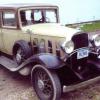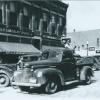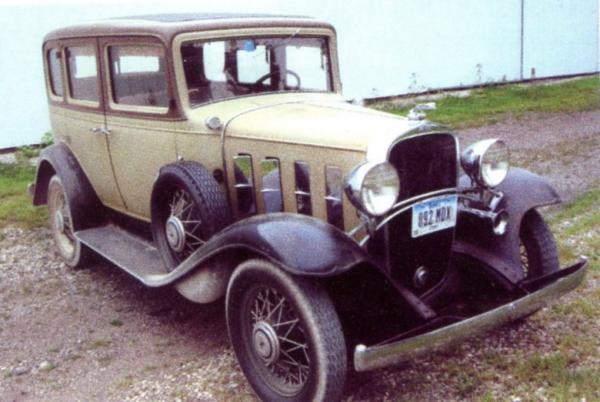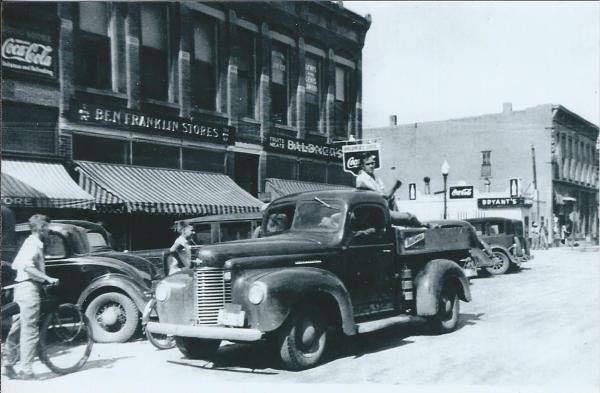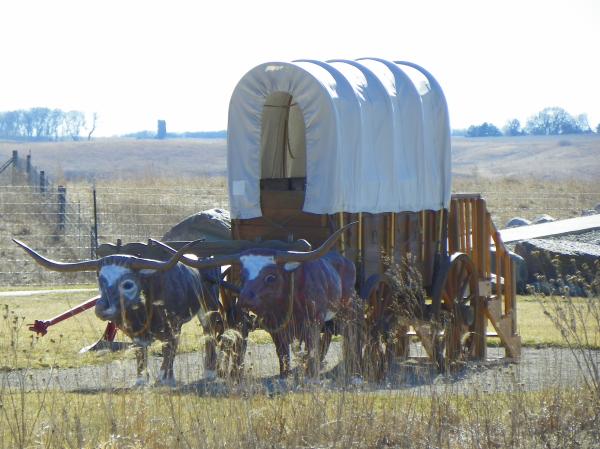Changes in Transportation over Time
| Grade | Kindergarten | Class | Social Studies | Length of Lesson | 45 Minutes |
| Lesson Title | Changes in Transportation over Time |
| Unit Title | Changes over Time |
| Unit Compelling Question | How have children’s lives changed over time? |
| Historical Context: Transportation has changed a great deal over time. Early types of transportation included row boats and horse drawn vehicles. People used these types of transportation to move themselves or goods from one location to another. Horses were domesticated to pull a buggy or wagon carrying people and goods. Next came the development of steamboats, automobiles, and locomotives. Steamboats transported people from one location to another, and helped transport people over water easier and faster than previously. Steamboat engines were used in the first automobiles. The engine was so heavy that it didn't allow the cars to move very fast. Over time, the engines were modified and became gasoline powered. This allowed automobiles to travel at faster speeds. Locomotives, although used less today, were once used heavily in the transportation of goods. In fact, some circuses used railroads to transport their crew. ~ Allyson Simpson, Simpson College 2018.070.004 1932 Chevrolet. Brand new, the car cost $615 in 1932. Only 52,446 were made. This car could seat five people, much like today's cars. The engine is a 6-cylinder with overhead valves. This means instead of the valves sitting on top of the cylinder head, the valves are inside. The 6-cylinders mean that there are six pistons firing in the cylinder chamber, causing the combustion to run the motor . The more cylinders a car has, the more combustion, which gives the engine more horsepower. This car has 60 horsepower and can reach 3,000 RPMs - revolutions per minute, meaning how many revolutions does the pistons take per minute. This car also has a synchromesh transmission to match the gears to speed. This creates a smooth transition between gears. It is also free wheeling and has four-wheel mechanical brakes. This car originally came from Colo, IA. Iowa has deep roots in the automobile history of America. The very first fully operational electric car was invented in Des Moines, Iowa in 1891 by William Morrison (pbs.org). There were many Iowa companies that produced automobiles in the early 20th century such as the Mason Motor Car Company (Mason-Maytag) and the Colby Motor Car Company (iptv.org). According to the Iowa DOT, Iowa's first road was created in 1838 and ran from Keokuk to Iowa City. The first paved concrete road was constructed in 1917. 1917 was also the first year that Iowa received federal aid to develop highways. As for the first official road map of Iowa, it was created in 1919. ~ Erica Knudson, Teaching Iowa History Team 2018.021.071 This photograph shows the north side of the Mount Ayr town square in the mid-1940s. The truck in the middle of the street is a Mount Ayr Mill & Feed delivery truck. Three different Coca-Cola signs can also be seen in the photo. Started by Tennant and Anderson, the Mount Ayr Mill and Feed specialized in two types of milling. The first was table-use milling, which provided cornmeal, buckwheat flour and cracked wheat for breakfast foods that would later be sold at surrounding local grocery stores. The second type was to produce animal feed which was made with a hammer mill or feed mixer. These were collected into stamped or printed sacks for sale. Despite low sales during the Depression years, the company was able to stay open and continue their business. In 1937, Tennant and Anderson partnered with Nutrena Feed and continued to work six days a week with a total of only five employees (as of 1937). 2018.039.007 This covered wagon was used by a resident of O'Brien County, Iowa, to travel to South Dakota near the turn of the 20th Century. The wagon was originally pulled by a team of oxen, although these wagons could also be pulled by horses. The covered wagon was the most common way of transportation as settlers moved West during the mid to late 1800s. The canvas cover over the wagon provided protection from the sun and rain for the passengers as well as the cargo they carried. |
|
| Lesson Supporting Question | |
| Lesson Overview | The students will compare and contrast the different modes of transportation between the early twentieth century and present-day America. |
| Primary Sources Used |
|
| Resources Needed | |
| Standard | |
| Lesson Target | The student will use clues from primary source photos to determine whether the transportation shown is from the early twentieth century or the present day. |
| Lesson Themes | |
|
| Formative Assessment (How will you use the formative assessments to monitor and inform instruction?) |
• I will assess students by walking around and listening to what they are saying, and if they have any questions. |
| Summative Assessment (How does the lesson connect to planned summative assessment(s)?) |
At the end of the unit I will have the students pick two a vehicle back then and a vehicle now and compare and contrast the two. This lesson was just an introductory to see what the students know and to introduce them to the different types of vehicles back then and now. Later on the students will get to pick a vehicle of their own that they like and compare it from what it was like back then and now and crate a poster of pictures. This is a summative assessment because it brings everything we talked about back together for one final project to see if they really understood or not. |
| Author | Payton Atwood | Created | Last Edited | ||||
| Reviewer: Dr.Chad Timm, Simpson College | |||||||
| Lesson Plan Development Notes: Social Studies Methods, Simpson College, Spring 2019 | |||||||

